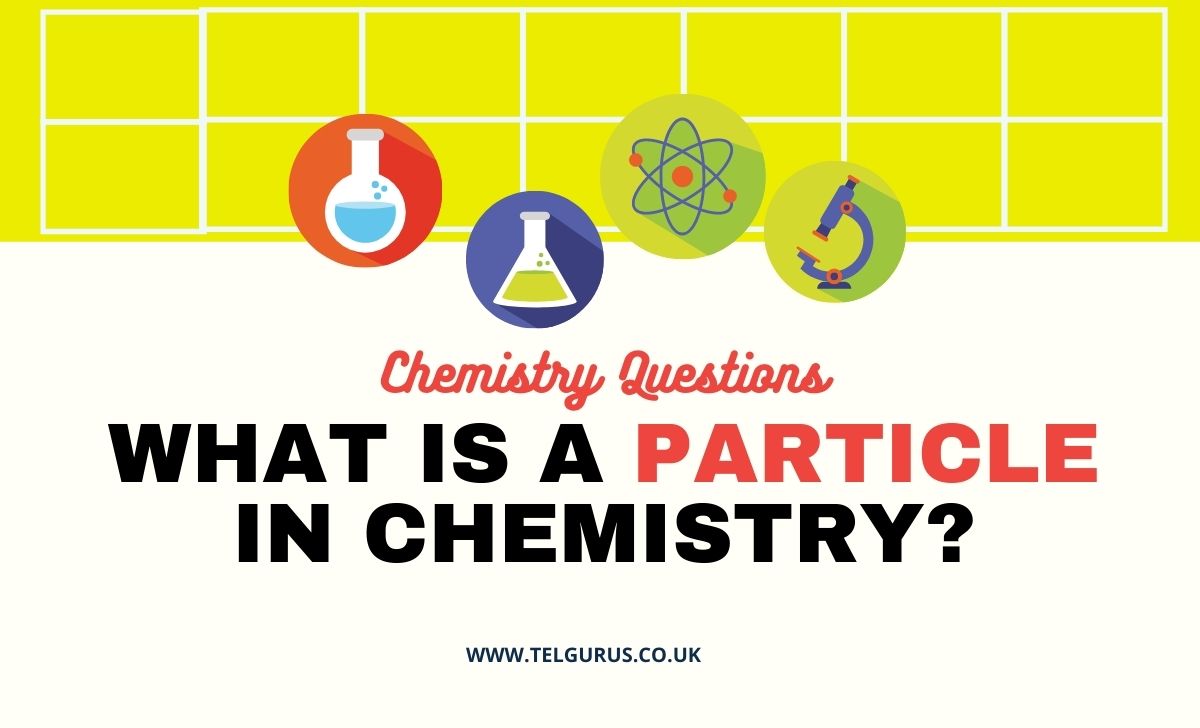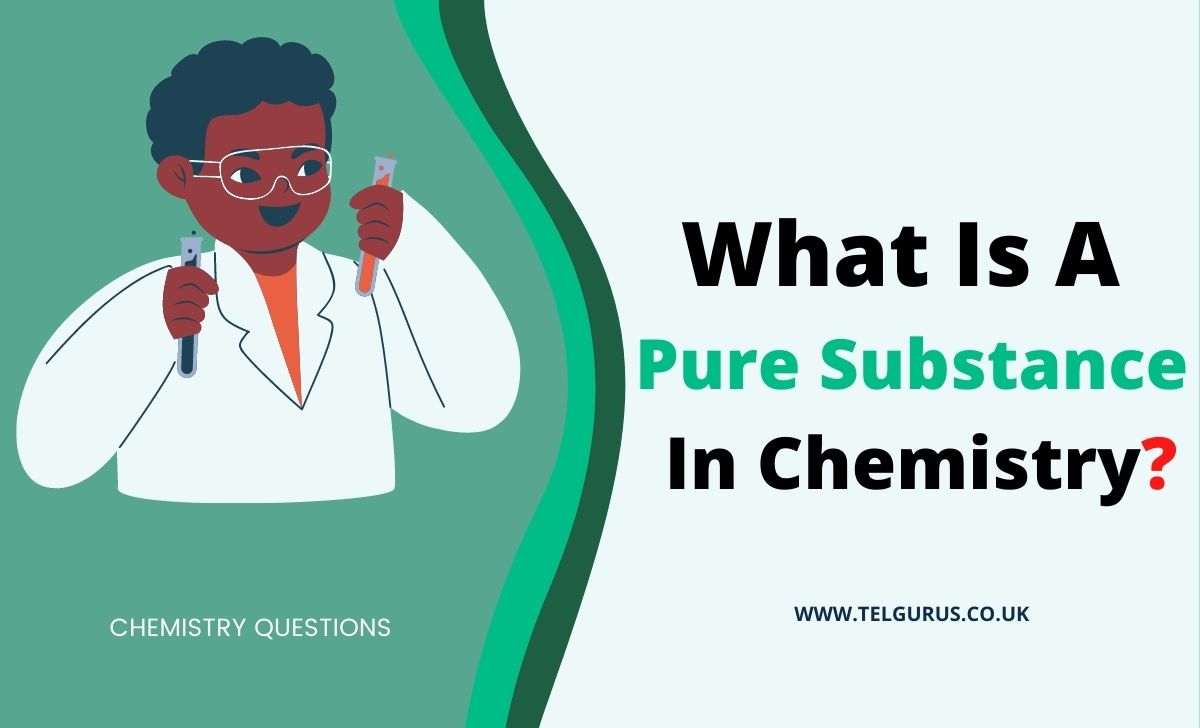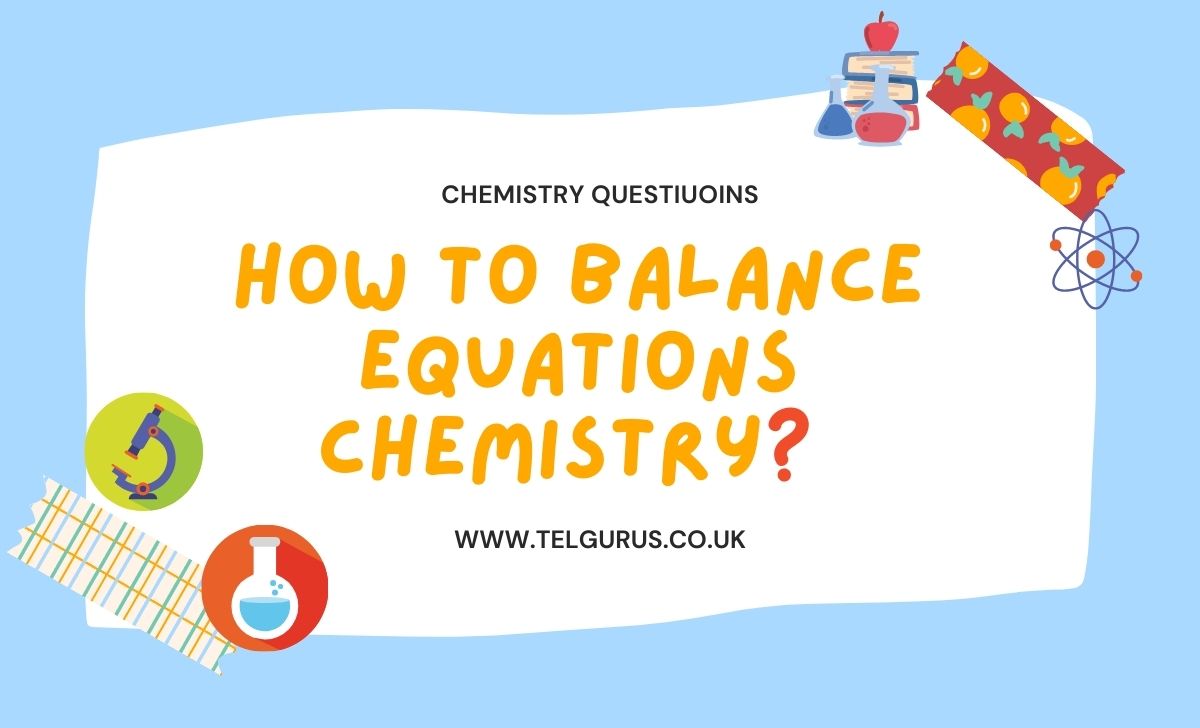Enrich your knowledge with our informative blogs
What Is A Particle In Chemistry?

A particle is defined as the microscopic constituents of matter like nuclei of atoms. The term particles can also refer to the small constituents like neutrons, electrons, or protons known as elementary particles. In short, we can say that a particle is a small portion of matter.
There is no particular size restriction on defining the particle. Particles refer to a quantity of matter which scientists use to construct theories. You must have got a complicated definition that might be hard to understand for you. Let us take an example that can explain it well.
Please pick up a rock and then smash it with a hammer to break it down into smaller fragments. No, try breaking each fragment into even smaller ones until it results in tiny pieces that cannot be broken down further. Now the resultant you got that is the small unbreakable fragments are the examples of particles.
Classification and Properties of Particles!
Scientists often think of particles as point-like objects that mean they are considered shapeless for theory purposes. For a long time, it was believed that the atoms are the ultimate particles and that these atoms cannot be divided further. However, continued research on this led to the discovery of subatomic particles.
The particles are classified as atomic and subatomic particles. An atom can be classified or broken down into three subatomic particles.
Let us get familiar with subatomic particles
Protons
The neutrons and protons make up the atom’s nucleus and hence are called nucleons. Here are some essentials to know about protons.
- Ernest Rutherford discovered the protons.
- Protons are positively charged subatomic particles.
- The proton’s mass is 1.676 X 10-24 grams
- The proton’s charge is +1.602 X 10-19 Coulombs
- The number of protons present in an atom is equal to the number of electrons in it.
- Protons can be generated through the removal of an electron from a hydrogen atom.
Electrons
Electrons revolve around the atom’s nucleus and can be gained by or removed from an atom to form ions. Here are some essentials to know about electrons.
- Electrons are negatively charged subatomic particles.
- An equal number of protons and electrons are found in atoms.
- J. Thompson discovered it
- The electron’s mass is negligible when compared to the proton’s mass.
- The charge of an electron is -1.602 X 10-19
Neutrons
Neutrons also make up the nucleus along with the protons. Neutrons are referred for their neutral nature and do not carry any charge. Here are essentials to know about neutrons
- Neutrons are neutrally charged
- James Chadwick discovered it
- The neutron’s mass is 1.676 X 10-24 grams
Read More – Chemistry Questions

Discover the exact logic behind the reactions!
Get a deeper understanding of every possible interaction between atoms, molecules and elements in an easy and fun-loving way.
Categories
Recent Posts
- List of the qualities you should look for in your tutors?
- What is the most useful formulas in math?
- Describe the process of eating to defecation of food?
- Difference between the natural and artificial active response by the immunology system.
- Explain the different circle theorems
- How are nerve cells adapted to their function?










